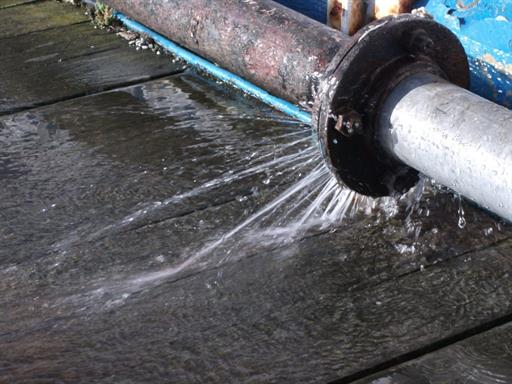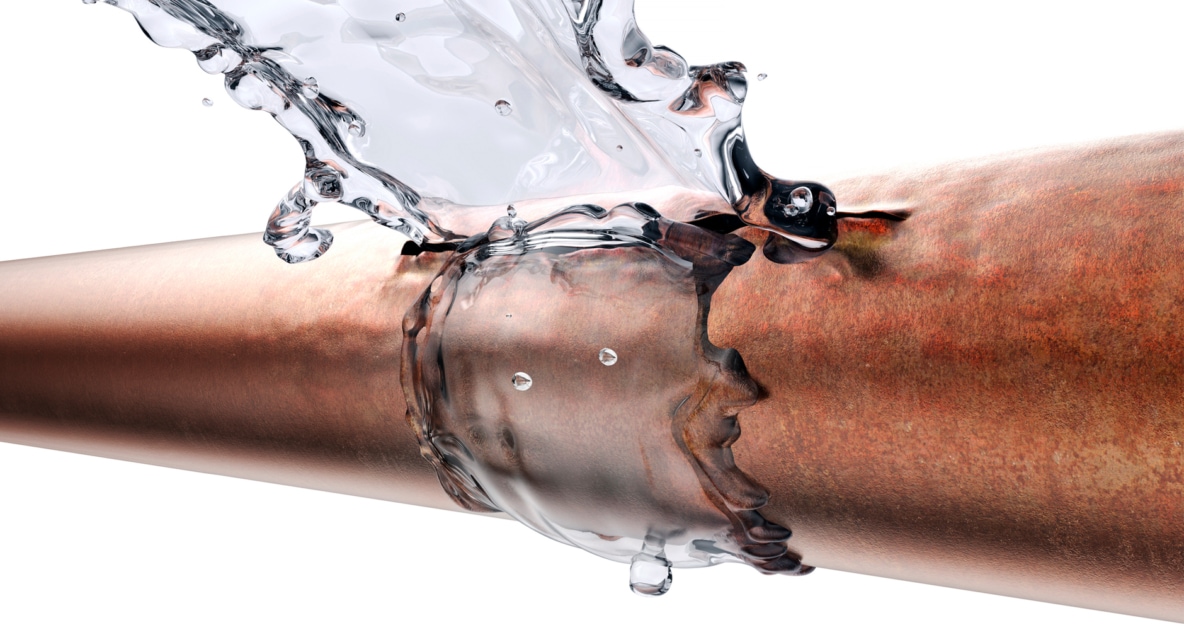From Detection to Correction: A Fast Approach to Handling Burst Pipes
From Detection to Correction: A Fast Approach to Handling Burst Pipes
Blog Article
Almost everyone will have their own unique way of thinking in relation to How to Install and Connect a New Dishwasher.

A burst pipeline is a significant emergency; you can only stand as you view water you pay very much to rejoin with the planet. In even worse cases, you notice a pool on your kitchen area flooring, which is a great trip risk, particularly if you have kids around. If the pipeline that ruptured remained in your walls, bad news: you may need to paint that whole area.
How can a calamity like a burst pipe be avoided as well as handled? Well, by paying attention to your specialist emergency plumbing professionals and adhering to these rules.
Just how do I recognize when my pipelines have ruptured?
Rising and fall water stress
Pipelines do not simply burst in a day. You might have seen that your cooking area faucet or shower does not run quickly when you transform the faucet. It may pause for a few seconds and then blast you with more pressure than usual.
In various other circumstances, the water might appear regular in the beginning, after that decrease in stress after a few seconds.
Wet walls and water stains
Prior to a pipeline ruptureds, it will certainly leak, a lot of times. If this consistent leaking goes unnoticed, the leak may finish right into a large laceration in your pipe. One simple way to avoid this emergency is to keep an eye out for damp wall surfaces ad water stains. These water stains will lead you right to the leakage.
Puddles under pipelines as well as sinks
When a pipe bursts, the outflow forms a pool. It might appear that the puddle is expanding in dimension, as well as regardless of how many times you wipe the pool, in a few minutes, there's another one waiting to be cleansed. Often, you might not be able to map the pool to any type of visible pipelines. This is an indication to call a professional plumber.
Untraceable dripping sounds
Pipe bursts can take place in one of the most unpleasant areas, like within concrete, inside walls, or under sinks. When your house goes quiet, you may have the ability to listen to an irritatingly persistent trickling noise. Even after you have actually inspected your shower head and also cooking area tap, the trickling might continue.
Beloved visitor, the dripping might be coming from a pipeline inside your walls. There isn't much you can do about that, other than tell a specialist plumber.
Turn off the Water
When water freezes, it increases in volume by concerning 9 percent. As well as it increases with incredible force: The stress inside pipes might go from 40 pounds per square inch to 40,000 psi! No pipeline can hold that much pressure, so it bursts. The break may take place where the ice types, yet more frequently, it occurs where water stress finds a vulnerable point in the pipeline. That may be inches or perhaps feet from the icy area. Discover the water shutoff valve and shut off the water to prevent even more damages. You may additionally need to shut down the electrical power too, depending on where the leakages takes place as well as just how big it is.
Infected water
Many people presume a ruptured pipe is a one-way electrical outlet. Quite the contrary. As water drains of the hole or gash in your plumbing system, pollutants locate their way in.
Your water might be infected from the source, so if you can, inspect if your water tank has any type of troubles. However, if your drinking water is provided and cleansed by the local government, you should call your plumber right away if you see or scent anything funny in your water.
What do I do when I find a ruptured pipeline?
Your water meter will continue to run also while your water wastes. To minimize your losses, find the primary controls and also turn the supply off. The water mains are an above-ground framework beside your property.
How to Fix & Detect a Leaking Pipe
How Do I Know if a Pipe is Leaking?
Leak detection tests can help you determine if your pipe has a leak. Even if you don’t see an apparent leak, you should still conduct leak detection tests regularly to save water and money—and prevent major damage to your home.
Water meter. It can be helpful to figure out what your usual water meter usage numbers are and then monitor them regularly. To monitor your meter, first, turn off all water faucets in your home. Check the meter and write down the numbers. In a few hours, check the meter again. If the numbers have changed, you have a leak. Water gauge. Use a water gauge to test your water pressure. Your showerhead should produce a certain amount of water pressure based on its model and design. If the pressure is lower than it is supposed to be for that specific showerhead, your home likely has a leak. Puddles. Look inside your bathroom, laundry, and kitchen sink cabinets. Puddles around the cabinets or around toilets, tubs, showers, and washing machines indicate the presence of a leaking pipe. You may also notice loose tiles, peeling or flaking paint, or mold caused by water accumulation. Napkin test. Even if you don’t see any puddles, you may still have a leak. You can test for water leaks in the bathroom, laundry, and kitchen by wiping below-sink connections with a napkin, paper towel, or piece of toilet paper. If it becomes damp, you probably have a leaking pipe under the sink. Discolored walls. Walls that are discolored—usually with brown or yellow stains—or bulging might mean that they have been impacted by water damage caused by a leaking pipe. Smell. A leaky pipe will create sitting water, and over time, that water may develop a musty smell. If your home smells musty, but you can’t locate the source, it may be due to a leak. Steps for Fixing a Leaking Pipe
A leaky drain can be remedied by tightening the pipe base, replacing the drain seal, caulking the rim, and tightening the pipe nut. Similarly, a leaking toilet pipe can be treated by tightening the packing nut. You may also need to replace the valve. A leaky faucet may just need tightening or replacement of the washers. If that doesn’t work, consider replacing your faucet. If your pipe has a hole in it, you may want to use a pipe leak sealer or pipe leak tape. This quick fix for water pipe leaks can also temporarily fix a copper pipe leak. https://www.ahs.com/home-matters/quick-tips/how-to-tell-if-pipes-are-leaking/

Hopefully you enjoyed our section about How to install a dishwasher safely. Thanks a lot for finding the time to browse our blog. Do you know about somebody else who is fascinated with the niche? Do not hesitate to share it. Kudos for your time. Come back soon.
Quote & Schedule
Report this page